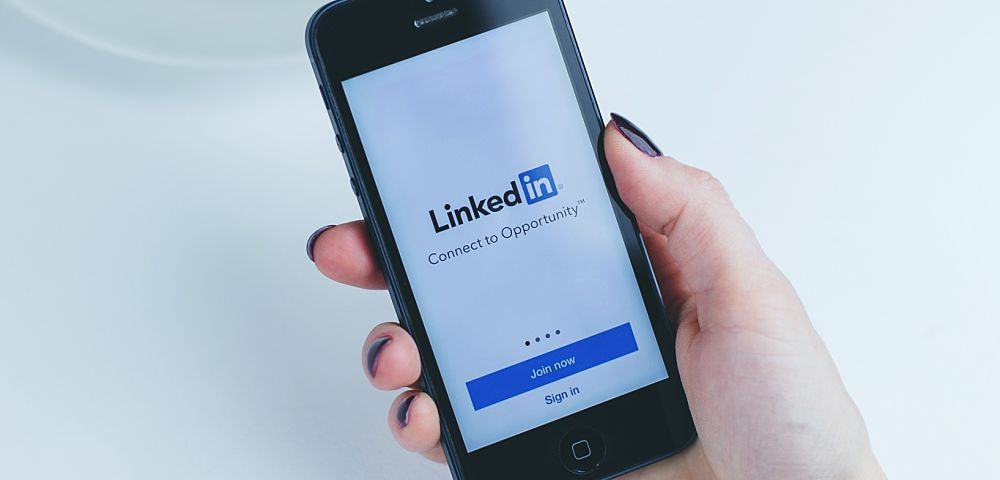6 Ways to Be Engaged on LinkedIn and Not Just Active
For many years, I’ve been telling job seekers that engaging with their LinkedIn network is one of the three important pieces required to be successful using this professional online networking platform. I explain that simply being active is not as effective as engaging; there are differences.
An analogy comes to mind: you’re being active if you’re simply showing up for a party you were encouraged to attend. You nod hello to the people there and have superficial conversations. You know the feeling; you don’t really want to be there.
Carrying the analogy further; you arrive at a party, immediately greet everyone with enthusiasm, make some small talk with five or six people, then join a group of people who are deep into conversation about a current event. You add your input when appropriate. The conversation stirs some emotion in you. You are engaged.
Being active vs. being engaged
It’s possible to be active on LinkedIn, while not being engaged. We’ll look at certain activities that illustrate this. The first two examples are reacting to what others post.
1. Liking what others write
Active—Many have complained that just Liking an update and not commenting on it is not enough. I’m guilty of doing this on occasion, leaving me with a feeling of being lazy. It’s so easy to press that Like icon and not giving the post another thought. This is the ultimate example of simply being active, not engaged.
Engaged—To be engaged, you must read the post, interpret it’s message, and then Comment on said post. Do this first and then Like it. The poster will appreciate that you took the time to read their post. This can lead to further communications between you and the poster.
2. Writing comments
Active—You Liked an update and wrote a comment, but your comment just didn’t have the oomph the “author” deserved. Here’s an example: “Great post, Susan. Thanks.” This shows very little engagement and makes the poster wonder what you really thought about the post.
Engaged—When you’re engaged, you elaborate further and demonstrate that you read the post, processed it, and respond to it in detail. For example:
“Great post, Susan. Your statement about a company lacking a social media campaign being akin to living in the dark ages really resonated with me. Facebook, Twitter, LinkedIn, Instagram, and other platforms can create that ‘like, know, and trust’ relationship between the company and its’ customers. You’re also correct in stating that all platforms should be connected, as well as linked to and from the company’s website.”
Note: always remember to tag a person with @name so they will be notified in LinkedIn’s Notifications. I was scolded once for not doing this.
The next examples of engagement are being proactive, rather than reacting to what others share.




